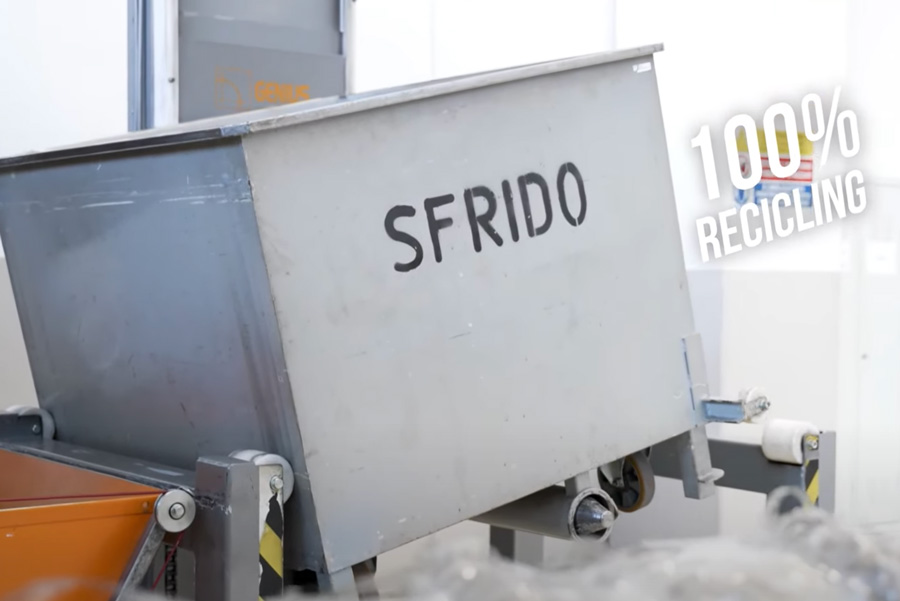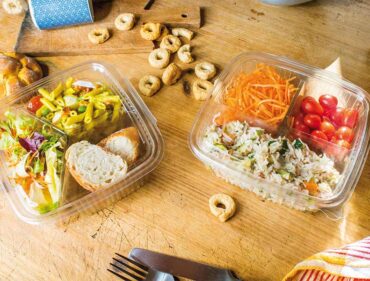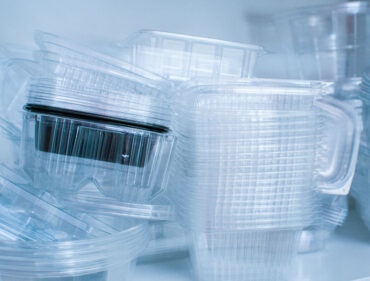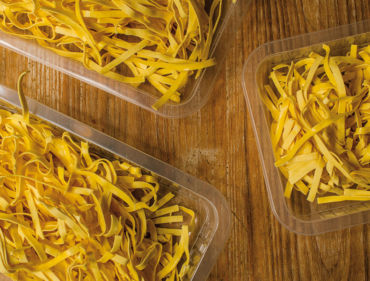PET recycling for a more conscious supply chain
Practical, functional and, above all, durable, polyethylene terephthalate (PET) is one of the materials best suited for food preservation as it is an inert polymer, but its extreme resistance makes it essential to manage it properly once it has reached the end of its useful life.
In fact, PET packaging, if consciously disposed of in separate waste collection, will once again become a new resource. The journey towards circularity of PET packaging starts with the contribution of the end consumer.
Recycling PET food trays brings considerable benefits to the environment because it makes it possible to create new, high-quality recycled packaging. This reduces the demand for raw materials, requires less energy for processing and reduces the amount of plastic that ends up in landfills.
Read also: The future of reusable containers and the role of Hot Form in the food packaging industry
PET recycling, a growing sector
Through effective and high-quality recycling, we can move towards a circular economy, thus protecting nature and the environment for future generations.
At Hot Form, we are committed to a sustainable circular economy, as framed by European Directives. The sheet we use is composed of 90% recycled PET, selected at source and certified, while the remaining 10% is virgin PET, which acts as a ‘functional barrier’ when in contact with food. The finished product is therefore a safe and fully recyclable PET food tray.
As Hot Form CEO Jacopo Bonotto explained in a recent interview, ‘Plastic is only a problem if it is not used and disposed of correctly. The commitment of consumers, as well as manufacturers, in this scenario is therefore crucial’.
Watch the full interview:
How the PET tray recycling process takes place
To be recycled efficiently, PET food trays must be separated into homogenous streams by type and colour. Sorting is one of the key steps in the process of enhancing the circularity of our packaging.
To eliminate any errors in the automated sorting process, the sorted waste is then subjected to additional manual inspection by operators. Quality controls are also carried out on the streams obtained by specialised technicians to ensure that the material is suitable for the subsequent recycling phase.
At this point, the PET packaging is transformed into flakes and is ready to become new raw material, completing the virtuous circle initiated by the end consumer and made possible by the various actors in the chain.
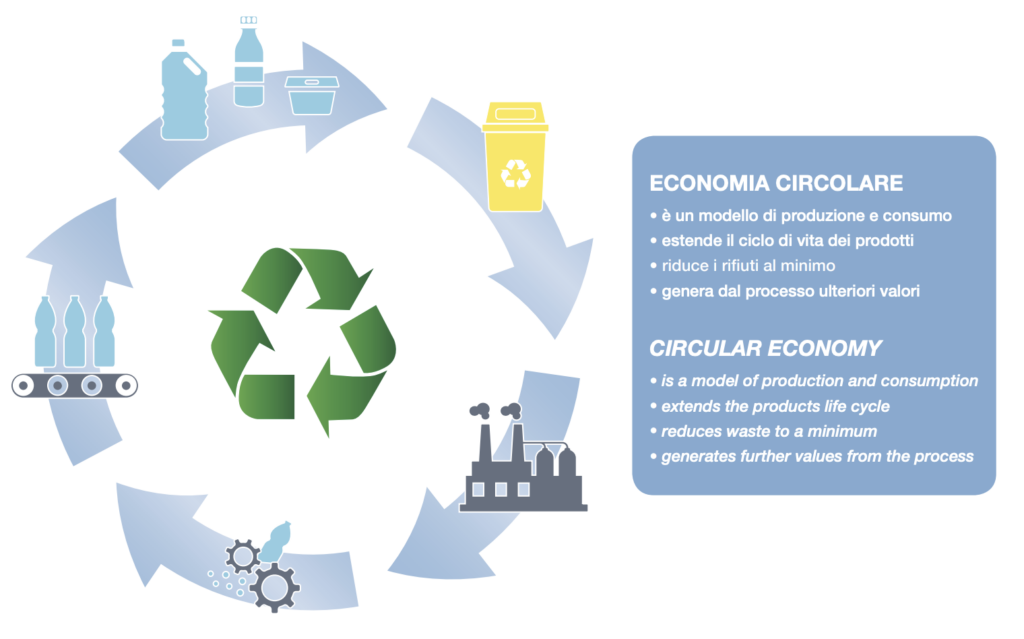
Environmental Benefits of Recycled PET
The PET recycling process provides several significant environmental benefits, including:
- Reduced use of raw materials
- Reduced environmental impact
- Reduced waste generation
- Reduced energy consumption in the production process
Rick Leblanc’s study ‘An Overview of Plastic Recycling’, claims that recycling plastic requires 88% less energy than making plastic from virgin materials.
The future of recycled PET is not just a promising prospect, it is a necessary reality in order to meet the proposed environmental challenges. With a commitment to sustainability, innovative research and development, and a dedication to raising awareness, Hot Form is producing innovative solutions and leading the food packaging industry in a greener direction.
For more information on Hot Form’s range of PET trays download our latest catalogue. Alternatively contact us and our team of experts will provide you with comprehensive and timely advice.

